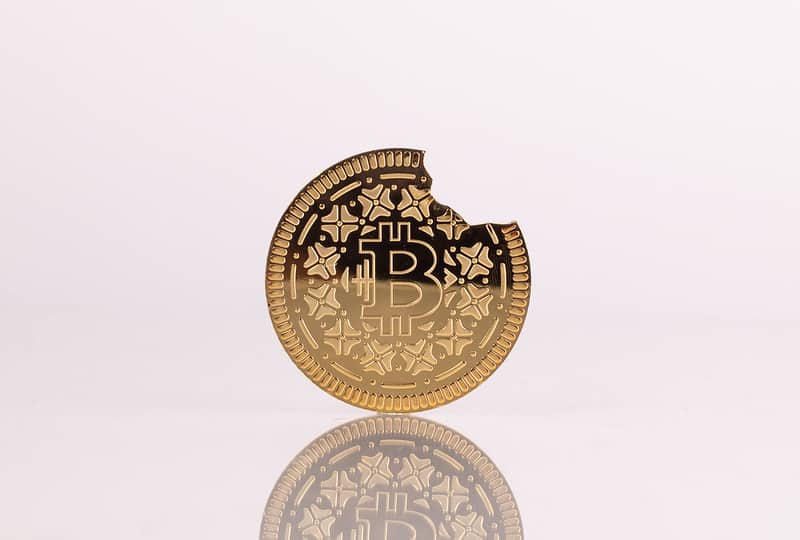Three months into 2020, and it is already a year that markets, investors and consumers will remember. Covid-19, hardly known at the start of the year, has fast become a global pandemic affecting more than 460,000 people in more than 190 countries, causing unprecedented disruption to financial markets and the global economy along with widespread speculation that we may be about to enter a global recession far beyond the scale and severity of the 2008 financial crisis. Faced with the possibility of a worldwide recession, decision makers across the globe have been forced to adopt escalating measures to combat the impact of the coronavirus, in terms of both public health and protecting the economy. Showcasing the level of uncertainty regarding the stability of the world’s economy, last week the CBOE Volatility Index (VIX) — traditionally known to be a gauge of increased uncertainty — surged to an all-time high at 82.69 on March 16, surpassing the 80.86 level that closed in 2008.

As travel restrictions and “stay at home” notices proliferate around the world, we have seen the European Central Bank (ECB) announce a €750 billion, or $820 billion, stimulus for the Eurozone. The U.S. Federal Reserve, meanwhile, has dedicated itself to asset purchases (essentially “money printing”) to the nth degree — spending as much as necessary to stem market losses. Despite these initiatives, we have just witnessed the fastest selloff in the American stock market in history, with the S&P 500 plummeting over 25% since its all-time high on February 19th. This collapse is more pronounced than the numerous sell-off frenzies in the Great Depression era as well as the 1929 Wall Street crash. As investor panic over the coronavirus spreads, traditional finance is preparing for the worst, with Goldman Sachs predicting global GDP to contract by more than 1% in 2020. Economists also suggest that China’s GDP growth could fall below zero while the U.S. may face anywhere from a 25 to 50% decrease in GDP as a result of the “coronacrisis.”
Black swan events and bitcoin’s coupling
With traditional markets tumbling, alternative assets have not escaped the panic caused by Covid-19 — with gold, the most time-tested safe haven asset class, falling more than 10% this year. Previously lauded as “digital gold,” bitcoin and other cryptocurrencies have similarly not been spared the vicious downward trend resulting from the coronavirus pandemic. However, while digital assets have been heavily impacted by current market turmoil, this does not undermine their status as an uncorrelated asset or their potential to offer significant security and potential rewards to investors.

Bitcoin has been following the global sentiment shift towards risk-off assets incurring losses of almost 50% on its year-start value of $7,200 as it fell to $4,107 this month. This poses a dilemma for those who have long held bitcoin as a potential “digital gold” that is uncorrelated with traditional markets. This certainly holds true under normal market dynamics. However, the current market situation is reminiscent of the 2008 crisis where we saw assets such as gold being liquidated alongside equities to cover margin calls. Gold sold off about 15% and 30% during the liquidity crunch in the prior two recessions before surging from $700 to over $1,400 within two years, after the Fed’s balance sheet expanded severalfold.
What we are seeing in the market today is the exact same thing happening to bitcoin; short-term traders and investors have been forced to liquidate their holdings in order to cover their positions, pushing the price down alongside traditional assets such as bonds and equities. In the medium to long term, however, investors can expect bitcoin to behave in a similar fashion as gold did in the last crisis, and we can expect to see increasing market inflows after the liquidity crunch has eased off and money printing has really set in.
Bitcoin’s sudden correlation with traditional markets should not be seen as refuting its status as a promising safe haven investment. The most reasonable explanation for the current market situation is that the global spread of Covid-19 is a textbook ”black swan” event — an unforeseen occurrence that has profound impact on markets, often causing them to behave in unprecedented and unpredictable ways. These moments, however, do not rewrite the market characteristics that define the economy in normal times, and bitcoin’s correlation with the traditional market cannot be taken as a new status quo.
Moves towards decoupling
Taking a long term view of bitcoin’s relationship with traditional markets unveils a track record of insularity from global economic fluctuations. A report published this week by JPMorgan, which assesses the current state of cryptocurrencies and digital assets, enthusiastically asserts that “[b]itcoin’s co-movement with all markets over the past five years has been near zero, which would seem to position it better than the Yen or Gold for hedging purposes.” Going a step further, the authors of the report suggest that “[c]ryptocurrencies should be added” to long-term portfolios “because they can uniquely hedge a yet-unseen environment entailing simultaneous loss of confidence in … domestic currenc[ies] and its payments system[s].” While these predictions have not held completely true in the face of the current economic turmoil over the coronavirus crisis, history would suggest that in almost any scenario short of a black swan event, bitcoin could serve as a successful and valuable hedge against volatility.
Already, a decoupling between bitcoin and more traditional asset classes is visible in the market. Having printed a low of $3,800 only two weeks ago, bitcoin has since rallied about 75% to settle at $6,700 as of this publication. This reversal of BTC’s downward movement began last week when bitcoin rallied 17% on March 19th, despite the American stock market’s continued freefall. This key reversal resulted in a weekly gain of 2% for BTC at last week’s close, compared to the negative returns for U.S. and U.K. equities at -2.2% and -4.2% respectively. From a macro point of view, bitcoin has gradually shifted away from its “risk-on/risk-off” relationship with global equities, instead, following similar intraday movements to gold as investors seek safe-haven exposure to hedge their portfolio holdings.

Looking ahead
Prior to the emergence of Covid-19 as a global health pandemic and its catastrophic impact on global markets, bitcoin enjoyed a strong start to 2020, with its strongest January performance in seven years. This growth was matched with increased enthusiasm from institutional and professional investment circles to enter the digital assets space — to reap the potential benefits of a still relatively novel asset class. We believe that the current rally precedes a more emphatic return to bitcoin’s independence of traditional markets, signifying a unique opportunity for serious investors to enter the space while capital barriers are significantly reduced.
See related article: Tokenized gold: smart investment as coronavirus fuels economic turmoil?
This may be the several steps backward needed for investors to reap huge potential rewards in the medium to long term. With the next bitcoin halving event in May 2020, we can expect to see upward pressure on bitcoin markets in the near future. This will likely be amplified by investors seeking to diversify their wealth in alternative asset classes to hedge against continued economic volatility, which could drive the price of bitcoin up still further.
While the short term may call for caution, it is clear that bitcoin has rebounded from the recent market crash far more quickly than traditional asset classes that remain mostly in free fall — and that the worse may now be behind us. In the long term, it is a virtual certainty that bitcoin will continue to climb, and shrewd investors will view this time as an opportunity to access BTC at a bargain-basement price point, while the market is severely undervalued. Those who take advantage of the dip may be well-positioned to gain the most.




